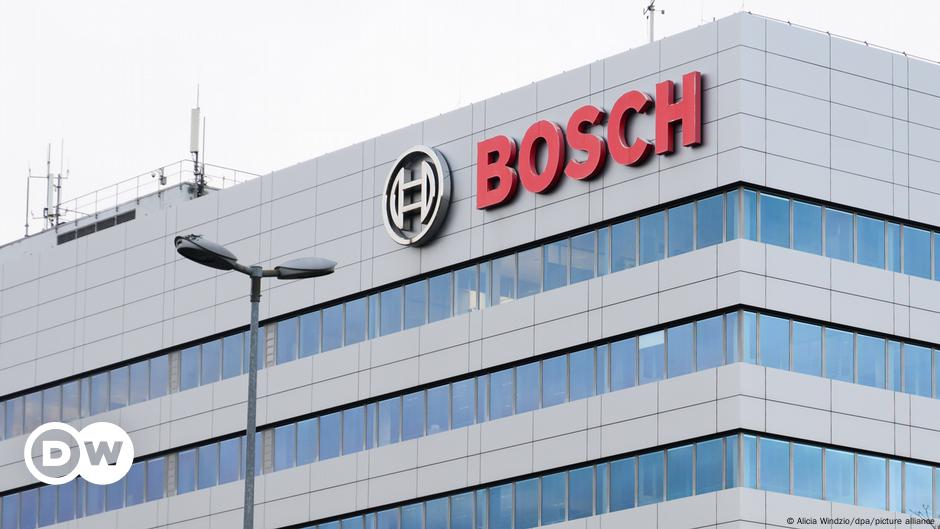Shopping
New Study: Online Shopping Is Decelerating, Except in One Category

E-commerce growth in the U.S. is holding up, but the rate of increase is decelerating.
U.S. consumers spent $331.6 billion online in the first calendar quarter of 2024 — Jan. 1 to April 30 — up 7 percent year-over-year, according to the latest data from software giant Adobe. Adobe expects the first half of 2024 to drive over $500 billion in spend online, representing 6.8 percent year-over-year growth. That’s a far cry from the robust, double digit growth seen in recent years past, particularly during COVID-19.
Adobe analyzes over one trillion visits to U.S. retail sites, 100 million stock keeping units and 18 product categories.
Among the most dramatic trends cited by Adobe:
- Grocery shopping is surging online.
- Consumers are trading down, seeking cheaper products across major e-commerce categories including personal care, electronics, apparel, furniture as well as groceries, often opting for generic store labels rather than pricier brand names.
- Consumers are increasingly using their mobile devices when shopping.
- More Americans are taking advantage of buy now, pay later programs.
Consumers are being “strategic,” in their selections and opting for cheaper goods, Vivek Pandya, lead analyst, Adobe Digital Insights, told WWD.
Pandya also said that groceries drove $38.8 billion online and rose significantly at 15.7 percent year-over-year, but about 5 percent of that growth would be attributed to price increases from a year ago, while the bulk of the growth would be due to higher demand. He also said that consumers have become very comfortable shopping for groceries online, a trend that first emerged during the pandemic.
While groceries continue to see seriously inflated prices, Pandya said prices this year on consumer goods overall are down 5 to 6 percent.
“In an unpredictable economic environment, the latest data from Adobe Analytics shows continued resilience in the digital economy, as consumers embrace new categories online,” Pandya said in his prepared remarks. “Groceries is a standout, and Adobe expects that in the next three years, the category will be a dominant force in e-commerce that is on par with electronics and apparel in revenue share.”
The single-digit online spending growth was supported by “stable spend” in discretionary categories including electronics and apparel, as well as by the surge of grocery spending, according to Pandya.
In the first four months of the year, consumers spent $61.8 billion online for electronics, up 3.1 percent year-over-year, and $52.5 billion for apparel, up 2.6 percent year-over-year. Despite the modest uptick, both categories account for 34.5 percent of overall e-commerce spend and helped maintain top-line growth, Adobe indicated.
Adobe also cited cosmetics as another rising category online, indicating that consumers spent $13.2 billion online for cosmetics in 2024, up 8 percent year-over-year. In all of 2023, consumers spent $35 billion online for cosmetics, up 15.6 percent from the year before.
In the first four months of 2024, mobile drove $156.9 billion in online spend, up an impressive 9.8 percent year-over-year, Adobe indicated.
Buy now, pay later (BNPL) is expected to drive over $81 billion in online spend in 2024, setting a new record as shoppers embrace more flexible ways to manage their budgets, Adobe reported.
Supporting Adobe’s findings on BNPL, Affirm on Wednesday said it had 17.8 million active users in the third quarter which ended March 31, versus 15.6 million in the year-ago period. It reported for its fiscal 2024 third quarter revenue growth of 51 percent to $576 million from $381 million in the year-ago period. Gross merchandise volume (GMV) grew 36 percent to $6.3 billion from $4.6 billion in the year-ago period.
Also, Affirm’s operating loss came to $161 million, an improvement from the $310 million operating loss in the third quarter of 2023. Adjusted operating income came to $79 million last quarter versus a loss of $6 million in the year-ago period.
“We delivered another set of excellent results in our third fiscal quarter. In the parlance of our times, we slayed,” said Max Levchin, Affirm’s founder and chief executive officer.
“This is the fourth consecutive quarter of accelerating GMV growth for Affirm,” Levchin added. “Credit performance was stable and yield outperformed our expectations, which we see as an opportunity to modestly increase risk exposure by offering credit to more consumers, but as always, we remain firmly in control of credit outcomes. Funding capacity increased slightly quarter over quarter.”








